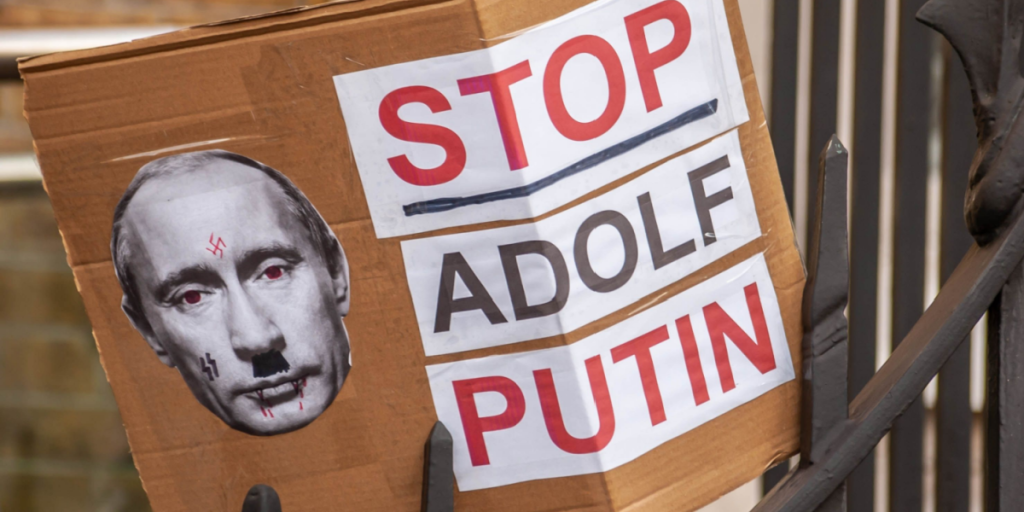History repeats itself – all we can do is learn from it.
Others are reading now
History repeats itself – all we can do is learn from it.
3½ years of war and counting
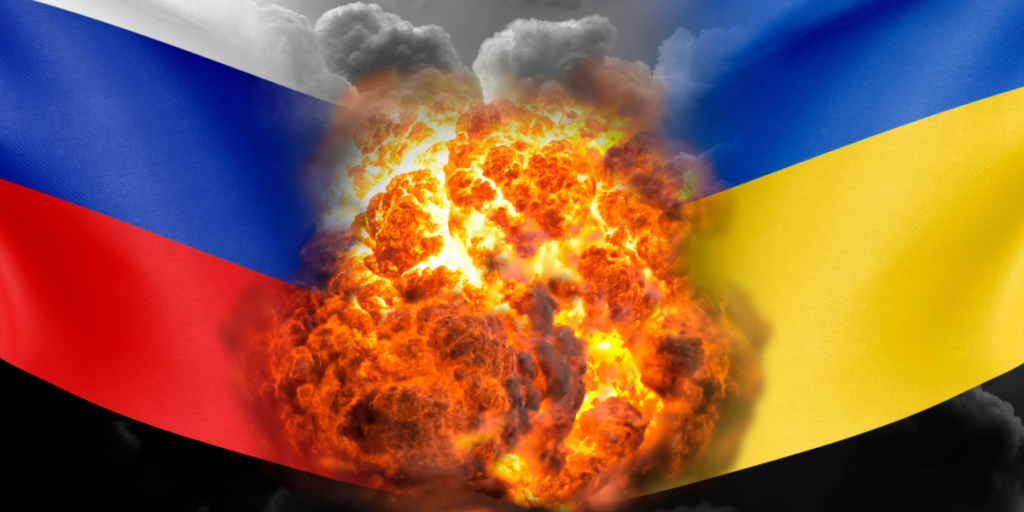
What was meant as a sweeping blitzkrieg to conquer Ukraine has turned into a grinding war of attrition for Russia.
3½ year of war, and still no end in sight, even though Donald Trump is trying to get Putin and Zelenskyy to meet for peace negotiations.
The Russian demands
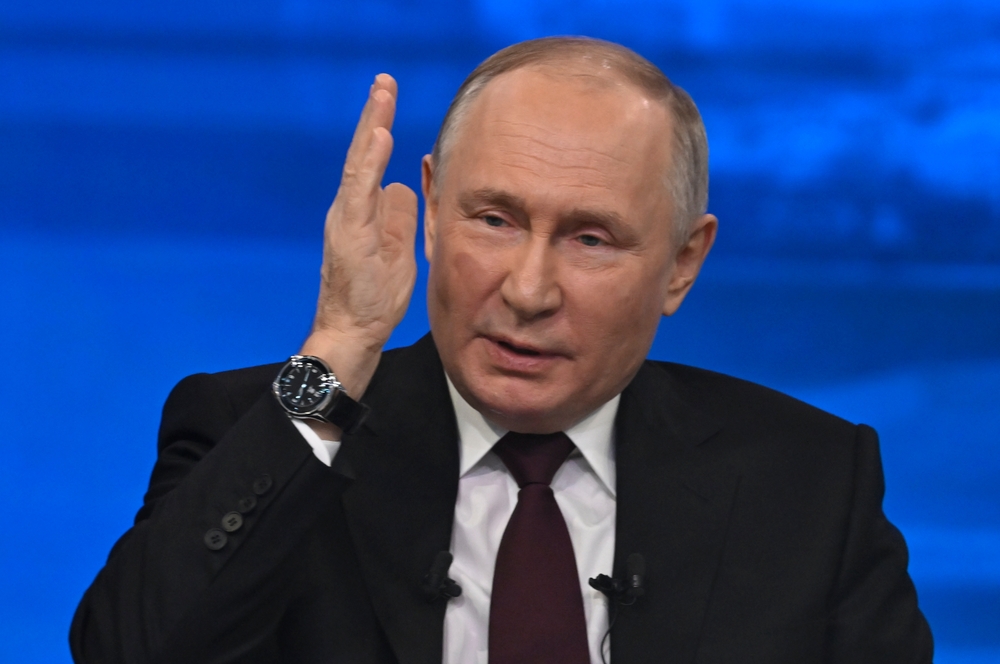
The Kremlin continues to stand firm on their demands for the blodshed to end:
- Ukraine has to give up any ambitions about joining NATO
- No Western troops will be accepted in Ukraine
- Ukraine has to cede five regions in Eastern Ukraine to Russia as well as recognizing them as Russian
The five regions
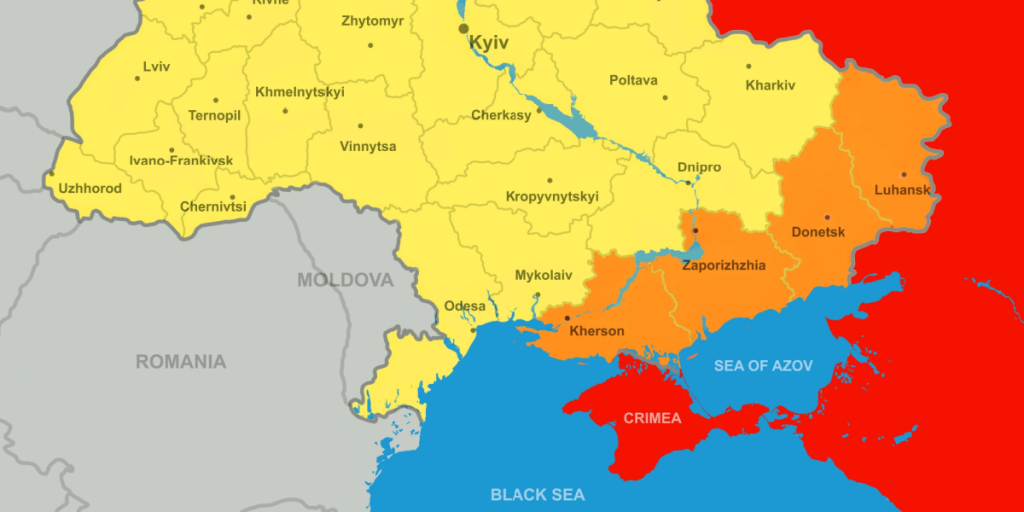
The five regions, Russia has annexed and demands to gain control of, is the Crimean Peninsula (which Russia annexxed in 2014), Kherson, Zaporizhzhia, Donetsk and Luhansk.
Also read
Ukraine has repeatedly rejected the Russian demands as unacceptable.
A Quit Pro Quo?
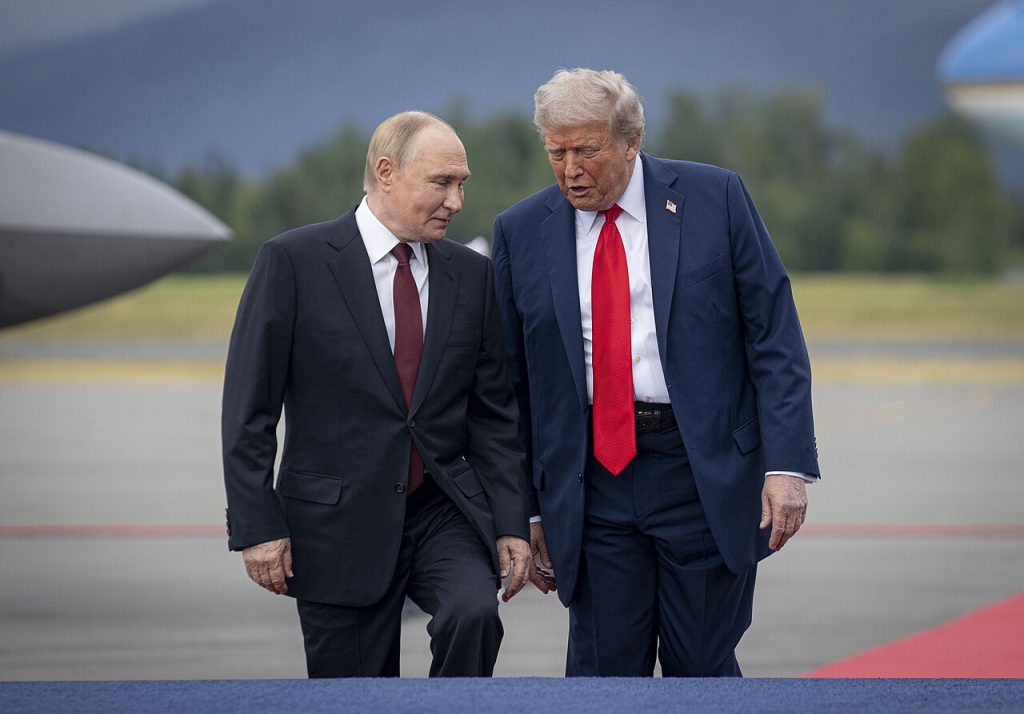
In Mid-August, Donald Trump and Vladimir Putin had a summit in Alaska.
After the summit, Trump reportedly backed a plan for Ukraine to cede unoccupied Ukrainian territory to Russia to secure an end to the war.
But if history has taught us anything, it is that this is a dangerous way of thinking – and that it can potentially lead to a world war.
Appeasement diplomacy

The reason we bring this up is that the build-up to WW2 was influenced by what is called “appeasement diplomacy”.
Also read
The idea behind this kind of diplomacy is that you give an aggressor something in order to avoid a larger conflict.
The Legacy of World War I
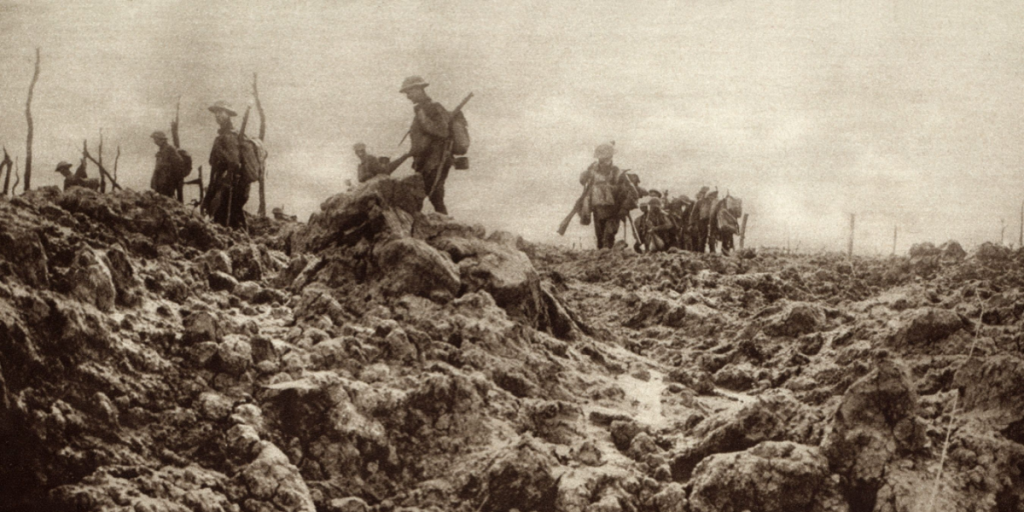
In the wake of the devastating losses of World War I, Britain and France adopted appeasement as a policy rooted in the desire to prevent another catastrophic war.
Public opinion in both countries was overwhelmingly pacifist, and leaders believed that the Treaty of Versailles had been too harsh on Germany.
Appeasement was seen not just as diplomacy, but as a moral obligation to right past wrongs while preserving peace at almost any cost. This created a permissive environment in which early signs of aggression were downplayed or ignored.
Economic instability and political paralysis

The Great Depression had weakened the economies and political systems of many European democracies, especially Britain and France.
Also read
With massive unemployment and political unrest at home, these countries were in no condition to rearm or confront dictators abroad. This economic fragility made confrontation seem impractical and dangerous.
Appeasement offered a less risky path—at least in the short term—for nations struggling to stabilize internally while facing growing external threats.
The Remilitarization of the Rhineland
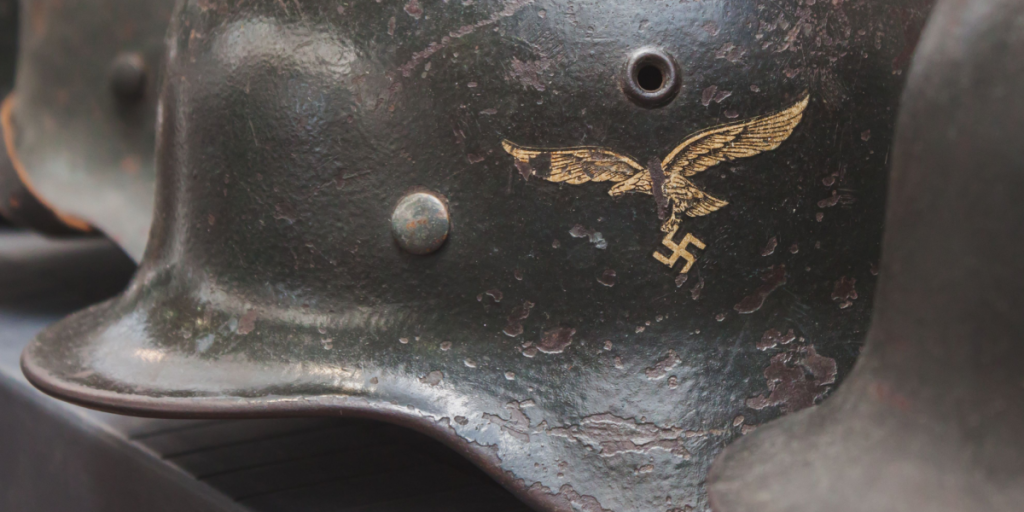
When Hitler ordered German troops into the Rhineland (between Belgium and Germany) in March 1936—violating the Treaty of Versailles and the Locarno Pact—Britain and France failed to respond. This event was a critical test of their resolve.
Hitler had even told his generals that if the French had resisted, he would have ordered a retreat. The lack of any military or diplomatic pushback emboldened Hitler, convincing him that the Western democracies lacked the will to stop his expansionist plans.
It marked a turning point, where Hitler learned that calculated risks could be taken with little consequence.
Also read
The Anschluss of Austria
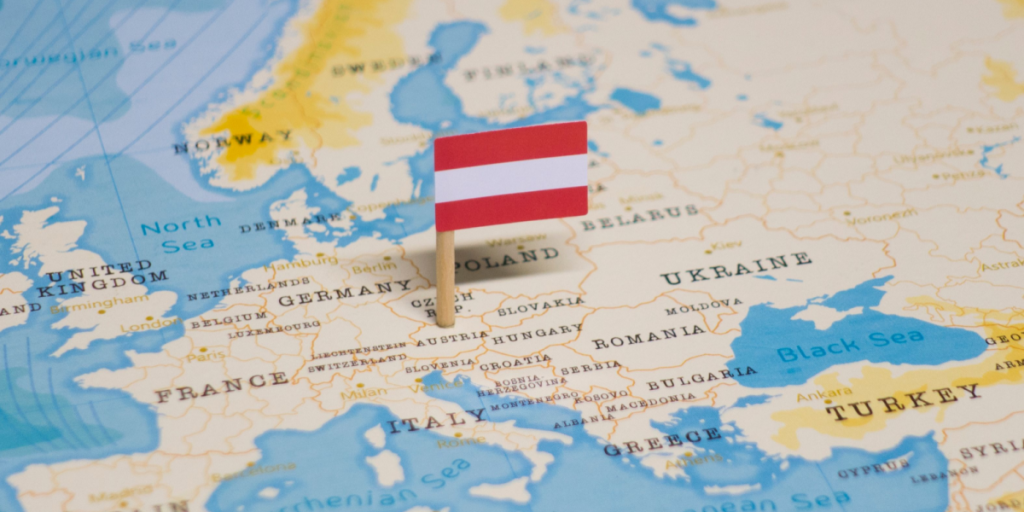
In March 1938, Nazi Germany annexed Austria in the so-called “Anschluss,” a clear violation of international agreements.
Yet again, Britain and France issued no more than diplomatic protests. Their reluctance to intervene was based on a combination of reasons: many viewed Austrians as ethnically German, and there was a general belief that Germany was simply reclaiming what was rightfully theirs.
This failure to act reinforced Hitler’s perception that territorial expansion under the guise of national self-determination would go unchallenged.
The Munich Agreement
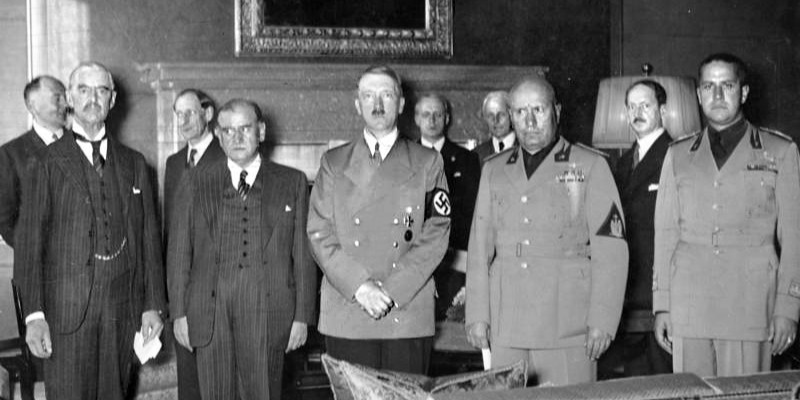
Perhaps the most infamous moment of appeasement came with the Munich Agreement in September 1938.
Britain’s Prime Minister Neville Chamberlain, along with French leaders, allowed Hitler to annex the Sudetenland from Czechoslovakia without consulting the Czech government. Chamberlain returned home declaring “peace for our time,” but the move only delayed the inevitable.
Also read
Why it was a mistake
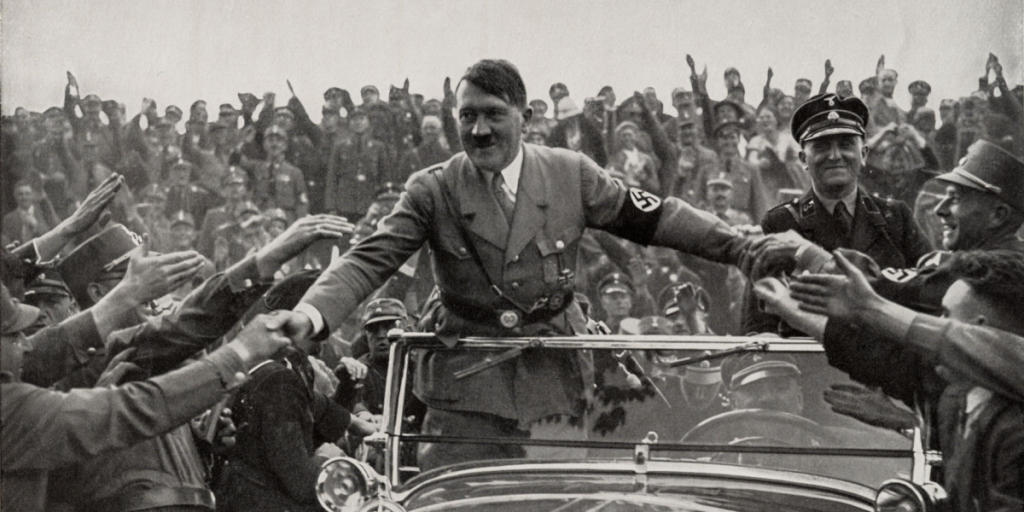
It was a strategic blunder: not only did it hand over Czechoslovakia’s defensible borders and industrial heartland to Germany, but it also further convinced Hitler that the Allies would continue to back down.
The Nazi-Soviet Pact and the Invasion of Poland
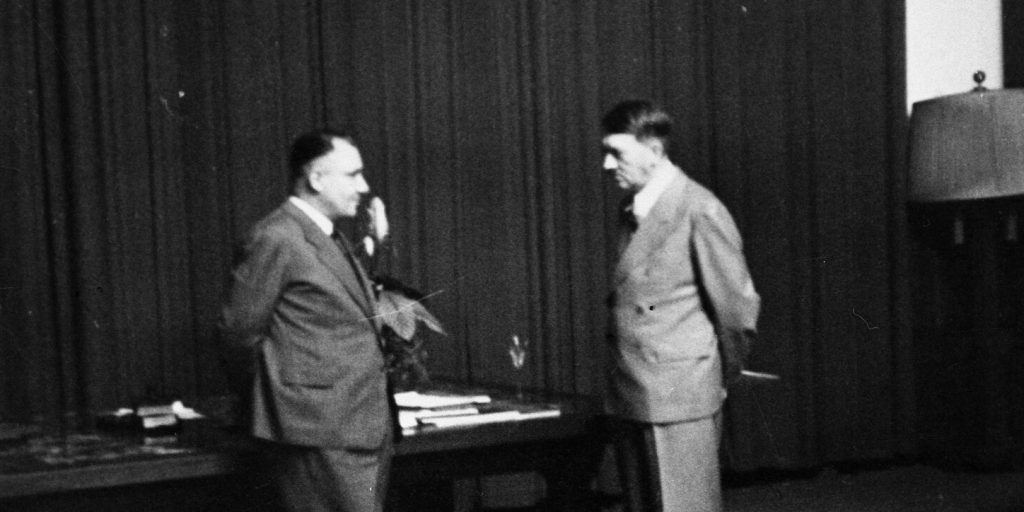
Having learned from years of Western inaction, Hitler signed the Molotov–Ribbentrop Pact with the Soviet Union in August 1939—a non-aggression treaty that secretly included plans to divide Poland.
This cleared the way for Hitler to invade Poland on September 1, 1939, without fear of Soviet intervention.
Only then, after years of appeasement and failed diplomacy, did Britain and France declare war on Germany. But by that point, the policy of appeasement had already given Hitler both the confidence and the geopolitical advantage to launch a global conflict.
Do you see the similarities?
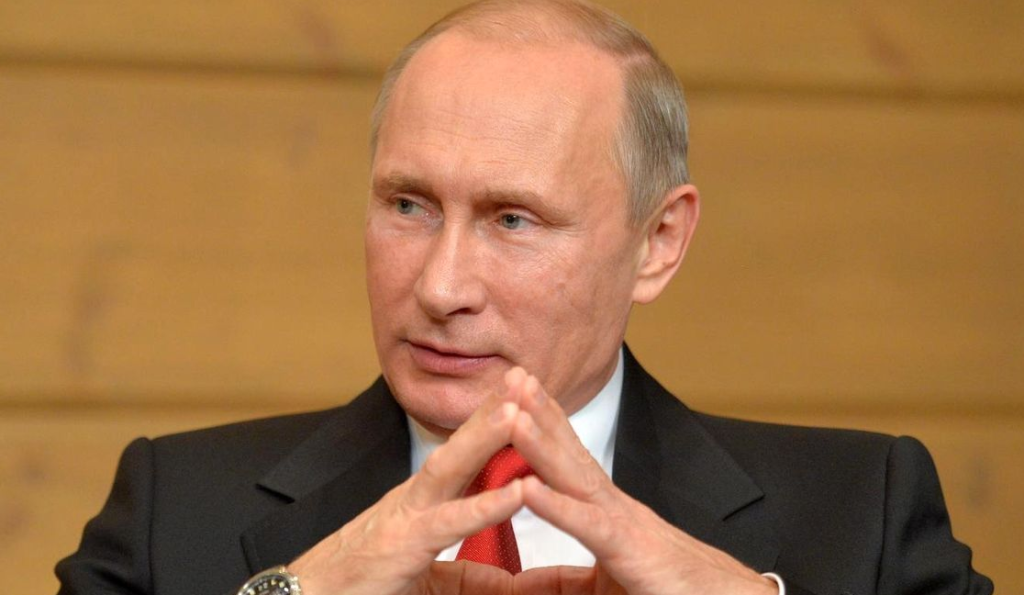
If Trump is in fact supporting a plan for Ukraine to cede territory to Russia in order to stop the fighting, it could become the “Anschluss” of Ukraine.
Also read
Simple diplomatic protests did not deter Hitler from continuing his aggression towards the rest of Europe.
It is unlikely that Vladimir Putin would refrain from continuing his agression, if he learns that he can actually get something from it.

